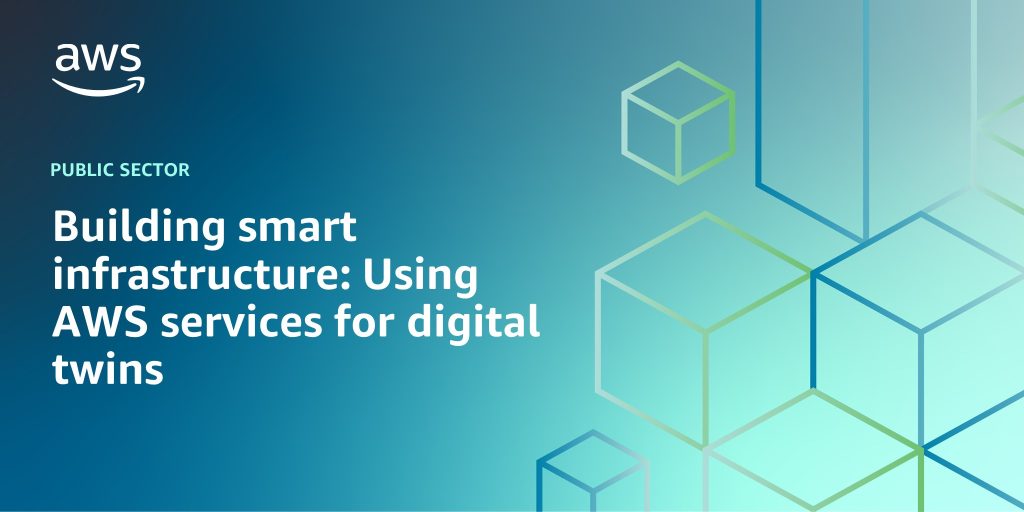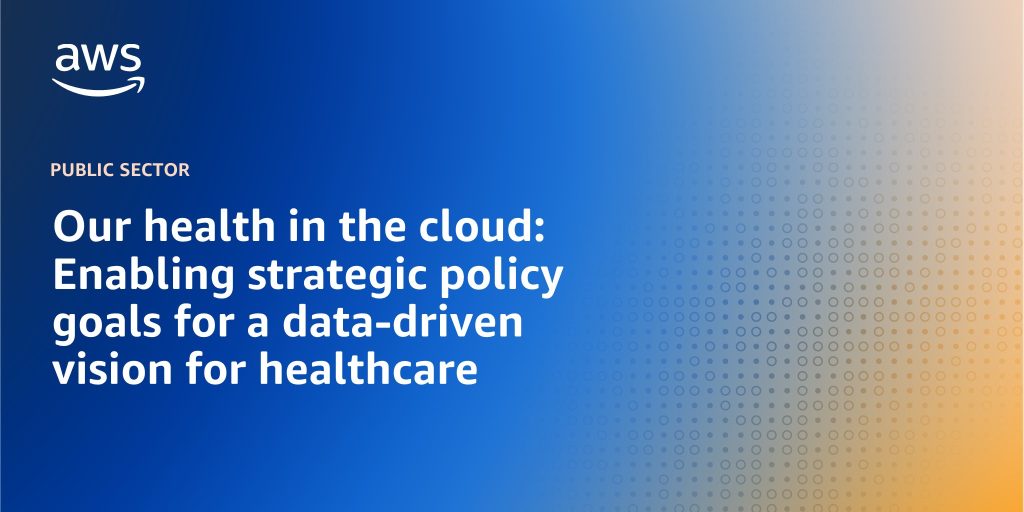AWS Public Sector Blog
Building high-throughput satellite data downlink architectures with AWS Ground Station WideBand DigIF and Amphinicy Blink SDR
This blog summarizes some of the benefits of cloud-based ground segment architectures, and demonstrates how users can build a proof-of-concept using AWS Ground Station’s capability to transport and deliver Wideband Digital Intermediate Frequency (DigIF) data, along with the software-defined radio Blink, built by the AWS Partner Amphinicy.
The power of collaboration accelerates public sector transformation in Iceland
In this blog post from the AWS Institute, learn how Digital Iceland’s decision to work with partners to access knowledge and capabilities underpinned successful service transformation, enabling them to digitize 20 services in just over three years.
Landing Zone Accelerator connectivity with VMware Cloud on AWS
The Landing Zone Accelerator on AWS (LZA) solution deploys a cloud foundation that is architected to align with AWS best practices and multiple global compliance frameworks. Customers with highly-regulated workloads and complex compliance requirements can use the LZA to better manage and govern their multi-account environment. Some of these same customers are also using VMware Cloud on AWS to integrate on-premises vSphere environments, allowing them to move existing workloads to the cloud more quickly. In this blog post, explore the technical considerations related to integrating your LZA landing zone with your VMware Cloud on the AWS environment.
Migrate and modernize public sector applications using containers and serverless
Many public sector customers are interested in building secure, cost-effective, reliable, and highly performant applications. Technologies like containerization and serverless help customers migrate and modernize their applications. In this blog post, learn how public sector customers use offerings from AWS like AWS Lambda, Amazon Elastic Kubernetes Service (Amazon EKS), Amazon Elastic Container Service (Amazon ECS) to build modern applications supporting diverse use cases, including those driven by machine learning (ML) and generative artificial intelligence (AI). If you want to learn more on this topic, please register to attend the webinar series, Build Modern Applications on AWS.
Building smart infrastructure: Using AWS services for digital twins
In this post, learn use cases for digital twins, plus how to create an open-source digital twin sample front-end application built with AWS Amplify, Amazon Cognito, and AWS IoT Core that you can use as a starting point for building efficient, scalable, and secure digital twin solutions.
Our health in the cloud: Enabling strategic policy goals for a data-driven vision for healthcare
The advent of cloud technology, coupled with advances in fields like epidemiology, genomics, and data analytics, has led to transformational change in how we use data in health. These developments enable a data-driven approach in individual care, public health, and health-related research.
Migrating and modernizing state WIC applications with AWS
Public health agencies know that modernizing their technology infrastructure is necessary to avoid disruptions to program operations and create new opportunities to serve their constituents. To this end, the Arizona Department of Health Services (AZDHS) migrated their Women, Infants and Children (WIC) solution to AWS to increase resiliency so essential services are available to WIC beneficiaries, and to provide a more seamless WIC program experience overall. This makes the State of Arizona the first in the nation to run their WIC program in a multi-Region cloud environment with robust disaster recovery capabilities. Learn how the State of Arizona migrated and modernized its WIC program with AWS, and find out more about how public health agencies can adopt a similar solution to take a measured approach to modernization.
Collaborating for sustainability: How higher education and cloud providers foster change
On the journey of finding answers and solutions to address global sustainability challenges, universities are integral in delivering ground-breaking knowledge and scientific advancements. Collaborating with industry can in turn accelerate innovation through to practical implementation. Arizona State University (ASU) and Amazon Web Services (AWS) have been effective in joining forces to drive innovation and impact through the creation of ASU’s Smart City Cloud Innovation Center (CIC).
Unlock third-party data with API-driven data pipelines on AWS
Public sector organizations often utilize third-party Software-as-a-Service (SaaS) to manage various business functions, such as marketing and communications, payment processing, workflow automation, donor management, and more. This common SaaS landscape can lead to data silos where data becomes isolated in disparate systems and difficult to centralize for business insights. If existing SaaS connectors are not available, public sector organizations can use AWS to build an API-driven data pipeline to consolidate data from SaaS platforms offering open APIs. In this post, learn how to build an API data pipeline on AWS.
Driving people-centered digital transformation in public safety with AWS
Justice and public safety experts spoke in a panel at the IMAGINE 2023 conference for education, state, and local leaders. The panelists explored how the AWS Cloud can facilitate collaboration, connection, and communication to support public safety organizations, and they identified three ways cloud technology can help law enforcement work better internally, in partnership with other organizations, and with the people they serve.









